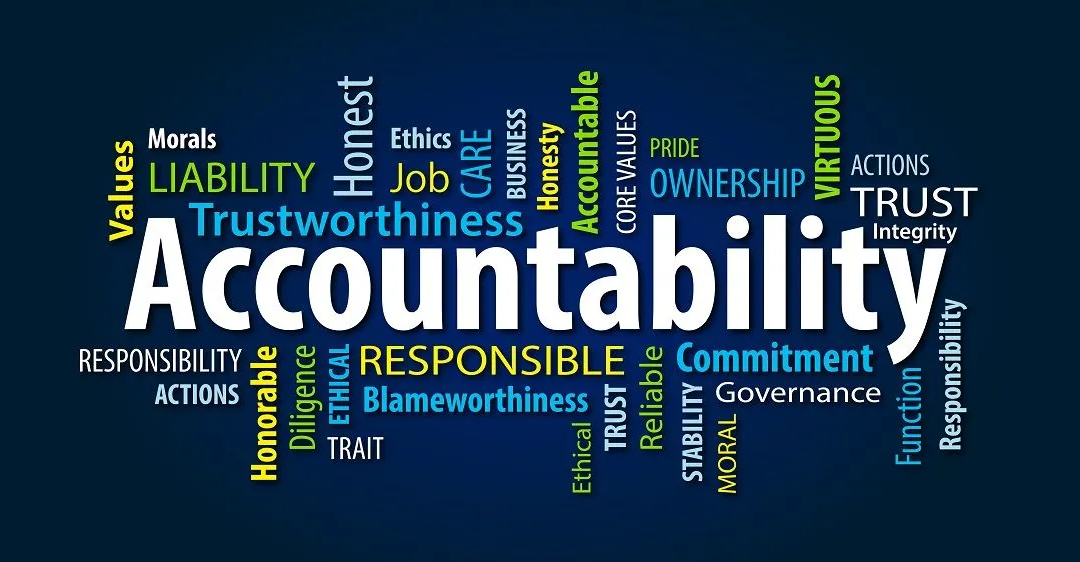Businesses have no option but to grow if they want to stay relevant for the long term. J C Penney has famously said, “No company can afford to not move forward. It may be on the top of the heap today, but it will be at the bottom of the heap tomorrow if it doesn’t.”
Companies move forward when their leaders are ambitious and show intent by positive action with the right strategy involving their teams. Every member of the team has to own up to the intent of winning in the market and contributing towards fulfilling the strategic goals set by the top leaders. Leaders must inspire their teams to stay committed to the cause and assign goals to their team members so that the collective achieves the goals. That is why someone says beautifully, “Accountability is the glue that ties commitment to the result.”
Marrying commitment with Results
Often the employees do not have clarity about the purpose of their organisation; they do not know how their organisation is different from the others in the peer group. Thus, they are not sure which key levers they are expected to push to deliver the impact. Even if the targets are clear to them, the methods to achieve those are not clear.
For example, a cement manufacturer aspiring to grow might have set its goals clearly and defined its differentiation from the other cement makers. They might have given clear targets to their employees in every department or function. However, an employee is often unsure how those goals are connected with the strategies of the company. Hence, he or she is unsure how his or her work is making a difference to the company to stand out in its peer group and taking it closer to the strategic ls set by their Board.
Hence, the leaders have to involve their teams in evolving the plans so that everyone is involved in the process of visualising how their offerings stand out and which directions they must take. This builds commitment among the rank and the file. Results follow!
Accountability guides us in what we must do and what we must not do
As soon as the employees are clear about how their company stands out and differentiates from the others in the peer group, they know the focus areas. Their managers focus on the same areas and thus, the alignment stays positive. There will be many obstacles on the way towards the long-term goals of the company. When an organisation has its alignments clear, the managers across the hierarchy can quickly figure out the directions they must take to deal with the challenges on the way. The most efficient paths get chosen and results follow!
The organisation does not have to invest energies in evolving what is right and what is not. Because of the alignment across the levels and functions, everyone acts in the best possible manner. Accountability for the results or targets remains intact. People do not come up with excuses or point fingers at others when results are not achieved.
Governance simplified
Every business normally sees gaps between the results and the plans. How do they reconcile these? Organisations with the culture of accountability and the practice of following it do a better job than those who are not very rigorous on this. It is easy to reward and recognise when someone achieves the plans. Transparent processes always build trust and reliability. Employees experience fairness when the rewards and recognition are anchored on objective goals.
Secondly, organisations can build a culture of fairness, transparency, professionalism and mutual trust by permeating accountability across the organisational hierarchy. They become a magnet for all stakeholders, right from customers, employees and partners to investors and suppliers.


